13 April 2025
Global heritage sites are like history books made of stone, brick, wood, and sometimes even gold. They tell the stories of empires that rose and fell, of ancient civilizations that shaped the modern world, and of cultures that collided, merged, or clashed. These sites remind us that history isn’t one-sided—it’s a tangled web of human experiences, sometimes beautiful, sometimes painful.
But here’s the thing—many of these landmarks weren’t built in peaceful times. They often come with baggage: colonization, war, and power struggles. So, when we walk through the ruins of ancient cities or admire the grandeur of historic temples, we’re also stepping into the remnants of cultural clashes that shaped the world.
In this article, we’ll dive into how global heritage sites reflect the diversity of human history and how their stories continue to influence us today. 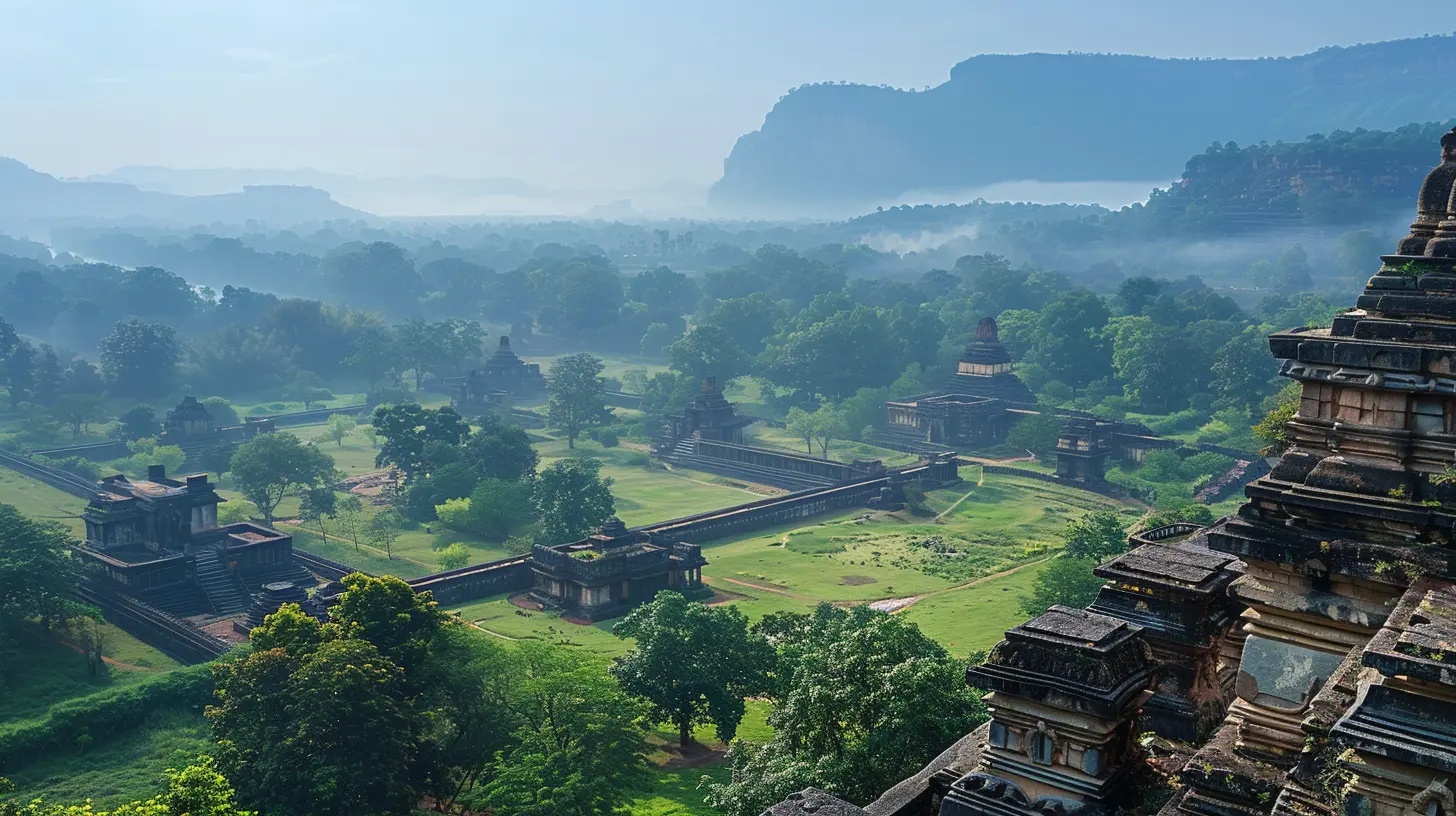
The Dual Identity of Heritage Sites
Heritage sites often carry conflicting identities. To one group, a monument may symbolize victory and power; to another, it represents oppression and suffering. Let’s take the Great Wall of China for example. To the Chinese, it’s a source of national pride—a marvel of engineering meant to protect their civilization from invaders. But for the nomadic groups it was meant to keep out, it was a symbol of exclusion and resistance.Another example? The Colosseum in Rome. Tourists see it as a magnificent structure showcasing ancient Roman architectural brilliance. But for the gladiators—many of whom were slaves and prisoners—it was a brutal arena of forced combat, pain, and death. The same monument can tell very different stories depending on who's looking at it. 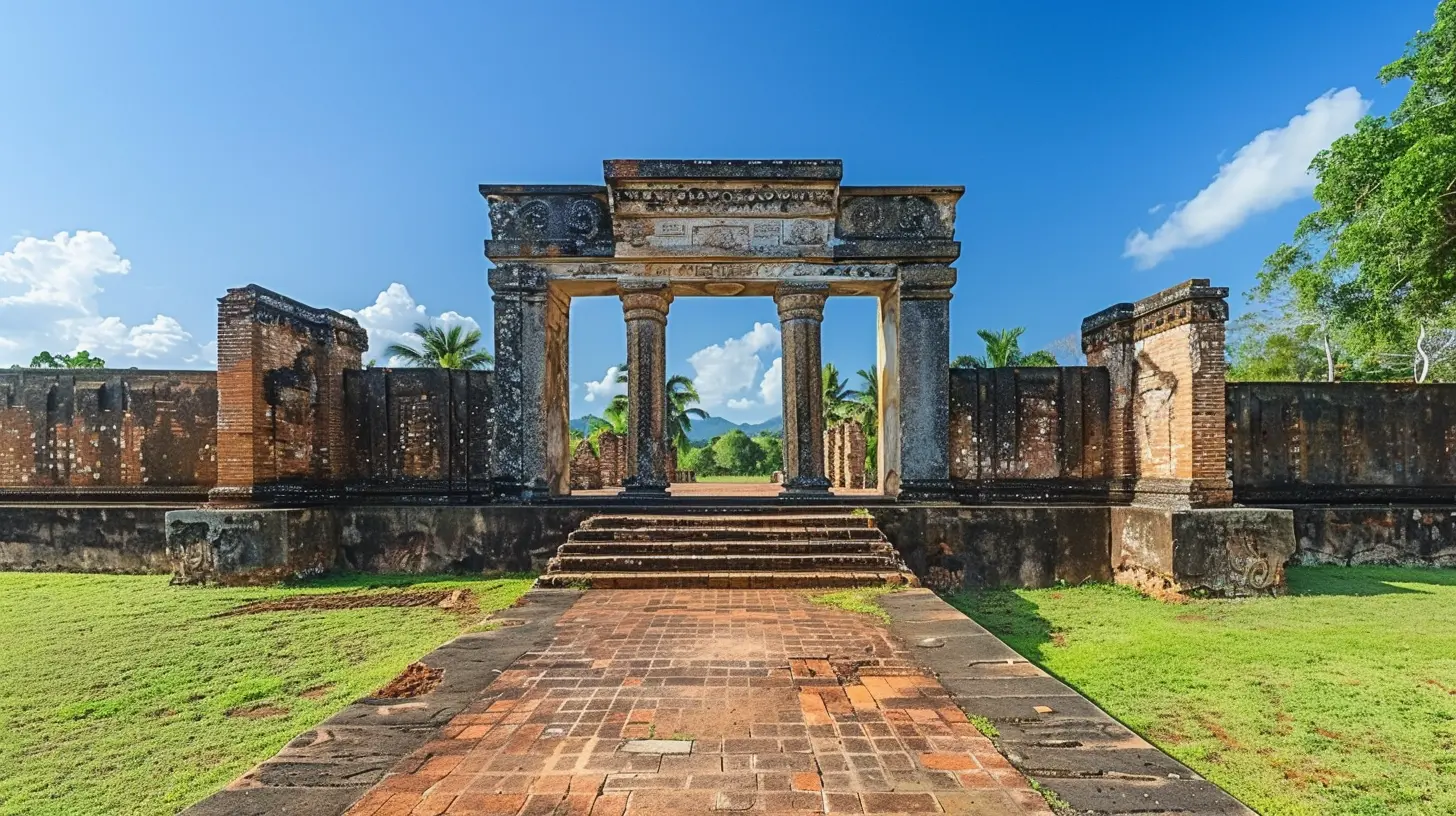
Colonial Legacies and Stolen Histories
A massive part of global history is shaped by colonialism. European powers expanded their empires, taking over lands, resources, and even cultural heritage. Many of today’s world-famous museums boast collections filled with artifacts taken from colonized regions.Take Egypt's Rosetta Stone, for instance. It sits in the British Museum, but Egypt has been demanding its return for years. The same goes for the Benin Bronzes, originally from Nigeria, which were looted by British soldiers and ended up in museums across Europe.
These artifacts tell stories of innovation, craftsmanship, and tradition, but they also remind us of the power imbalances in history. While some argue that these treasures are safer in Western museums, others believe they should be returned to their rightful homelands, where they carry deep cultural and spiritual significance. 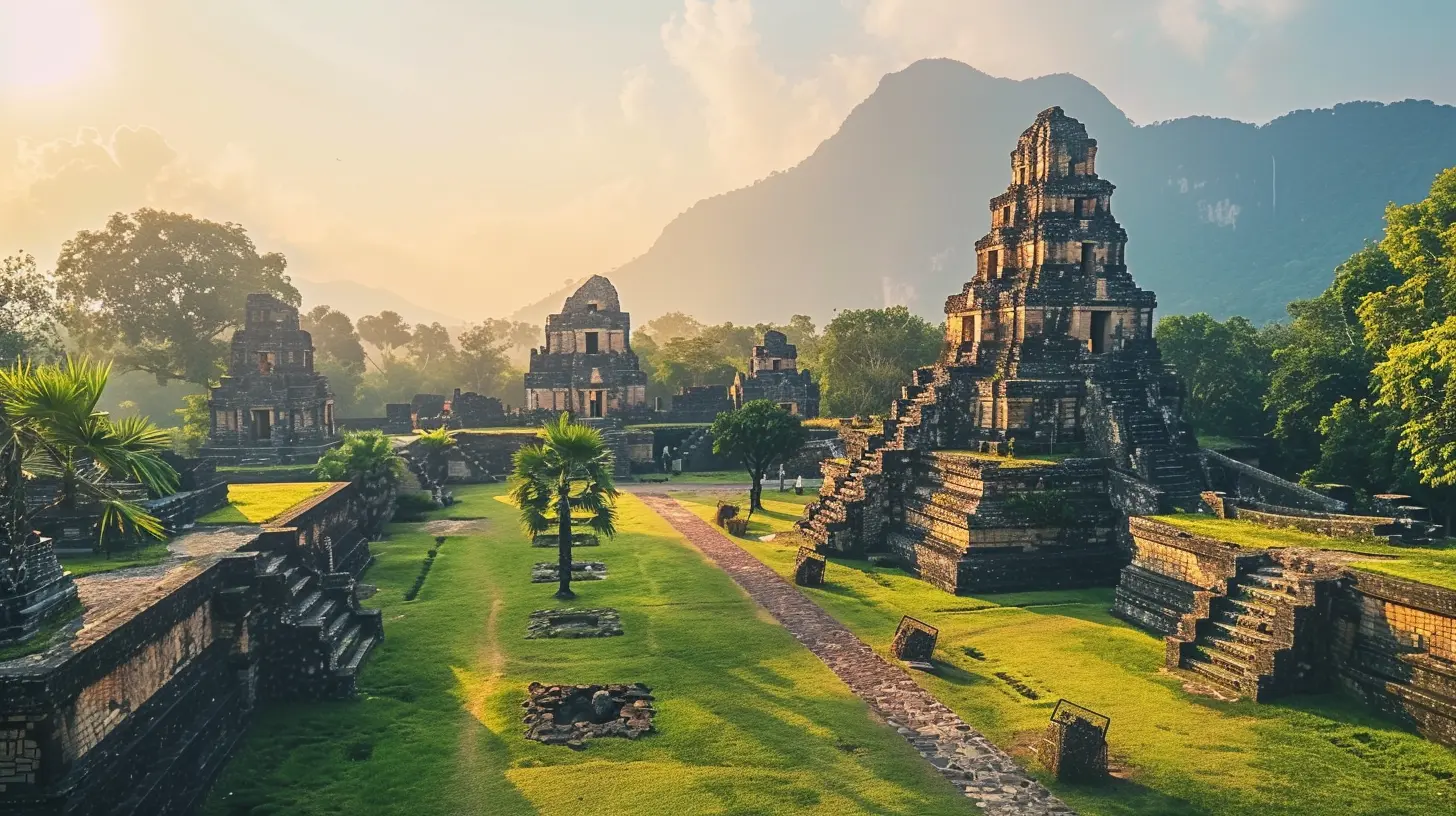
Religious Sites: Centers of Worship and Conflict
Religion has been a driving force behind the construction of some of the most breathtaking heritage sites. Think about the Hagia Sophia in Istanbul. First built as a Christian cathedral in the Byzantine era, it became an Islamic mosque after the Ottoman conquest, then a museum, and now it’s a mosque again. Its shifting identity reflects centuries of religious and political power struggles.Or consider Jerusalem, a city sacred to Jews, Christians, and Muslims alike. The Dome of the Rock, the Western Wall, and the Church of the Holy Sepulchre all sit within walking distance of each other. But while they symbolize faith and devotion, they have also been at the center of countless conflicts throughout history.
These sites remind us how religion has unified people but has also been a major source of division and war. They stand as symbols of both faith and friction, showing us how deeply tied culture and belief systems are to global conflicts. 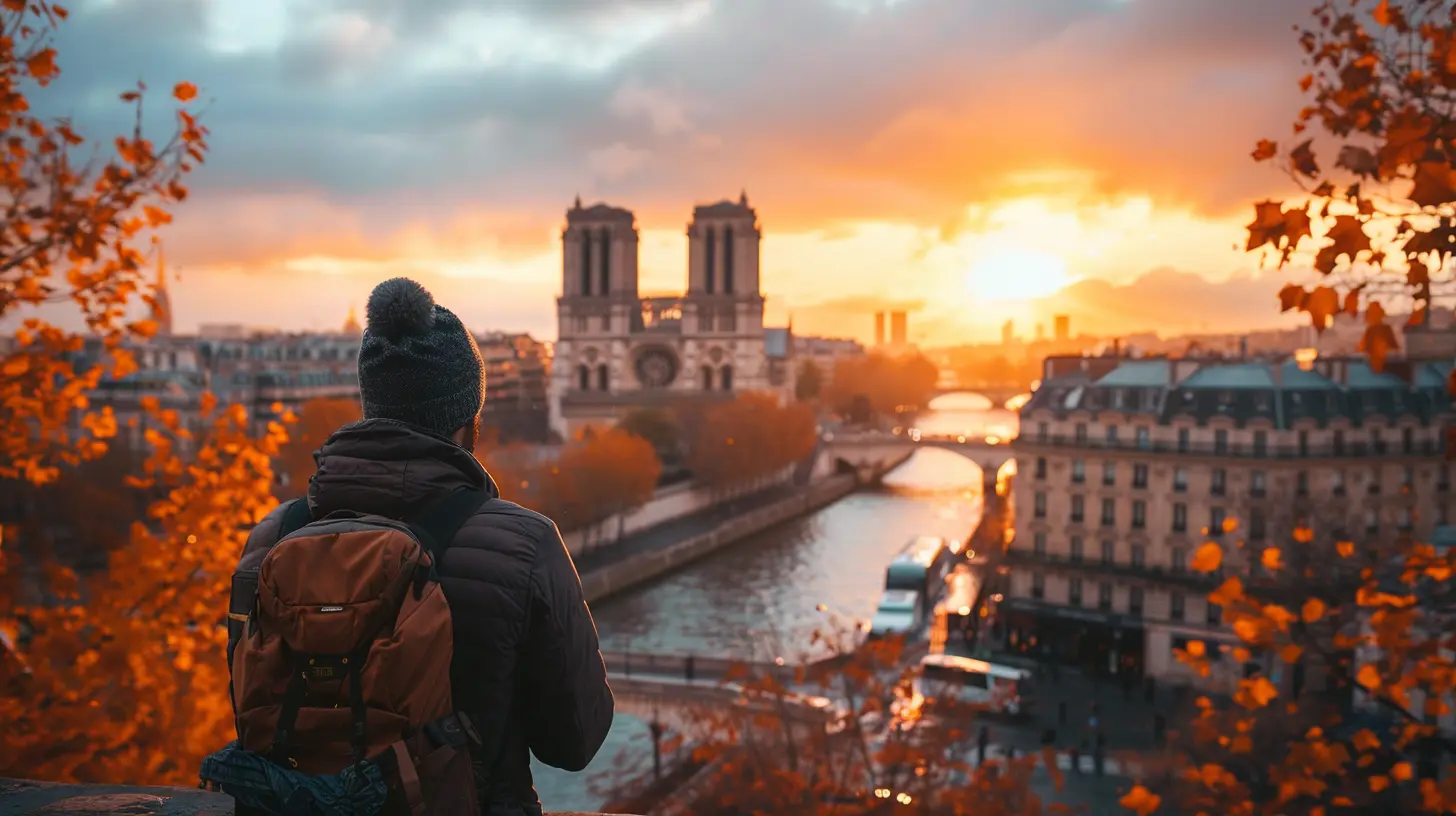
The Shadow of Empire: Architectural Influences
Great architectural wonders often emerged from powerful empires that spread their influence far and wide. But this spread wasn’t always voluntary—it often came through conquest.Take the Mughal architecture of India, for example. The Taj Mahal is seen as a masterpiece of Mughal design, blending Persian, Turkish, and Indian architectural styles. However, the Mughal Empire itself was once an invading force from Central Asia. While the mausoleum stands as a symbol of love, it also reflects the layers of cultural blending caused by conquest.
Similarly, in Latin America, the Spanish colonial churches and cathedrals sit atop ancient indigenous temples. The Spanish conquistadors destroyed many native structures to impose their own culture and religion. Today, places like Cusco’s Coricancha in Peru—once an Incan temple, later turned into a Spanish church—visibly showcase this clash of civilizations.
These buildings aren't just beautiful—they are physical records of how cultures merged, sometimes through force, sometimes through adaptation.
The Modern-Day Debate: Preservation vs. Progress
While we cherish heritage sites, we also have to ask: Should we preserve them at all costs, or should progress take priority?Take the case of Machu Picchu. The Peruvian government struggles to balance tourism with conservation. Too many visitors can damage the ancient ruins, but tourism also brings in vital income for local communities.
Or consider the destruction of heritage sites due to war. In recent years, the world watched in horror as extremists destroyed ancient cities like Palmyra in Syria. The loss wasn’t just architectural—it was the erasure of cultural identity. But in other cases, modern governments choose to demolish historical sites in the name of urban development, sparking debates over what should be saved and what should make way for the future.
Heritage sites don’t just belong to one nation; they are part of human history. The challenge is finding a way to protect them while allowing societies to grow and evolve.
Final Thoughts: A Reflection of Who We Are
Ultimately, global heritage sites are so much more than tourist attractions. They are windows into the past, revealing stories of triumph, struggle, innovation, and conflict. They show us that history isn’t black and white—it’s complex, messy, and often controversial.When cultures clash, they leave behind a legacy that can be seen in stone streets, towering temples, and ancient ruins. These places remind us of our shared human experience, our ability to build incredible things, and our tendency to disagree, sometimes violently.
So, the next time you visit a historic site, take a moment to think about what it truly represents. Whose story is being told? Whose story is missing? And how has this place been shaped by the forces of history? Because in the end, heritage sites don’t just belong to the past—they are living reminders of the world we continue to shape today.

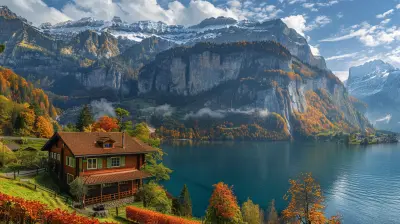
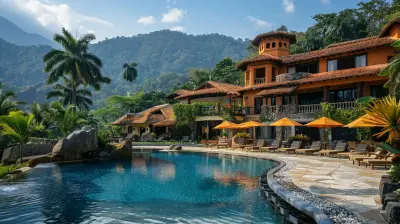

Zevon Conrad
This article beautifully highlights the complexity of global heritage sites, showcasing how diverse histories enrich our understanding of culture and identity.
April 15, 2025 at 3:21 AM